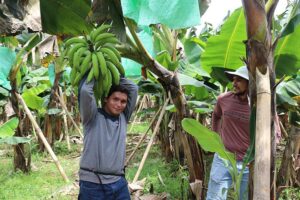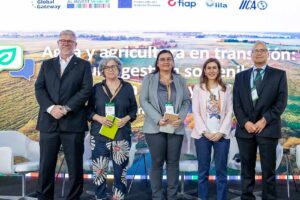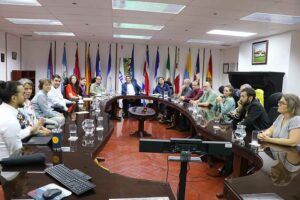Study confirms two new coffee species: one of them is already in CATIE's International Collection
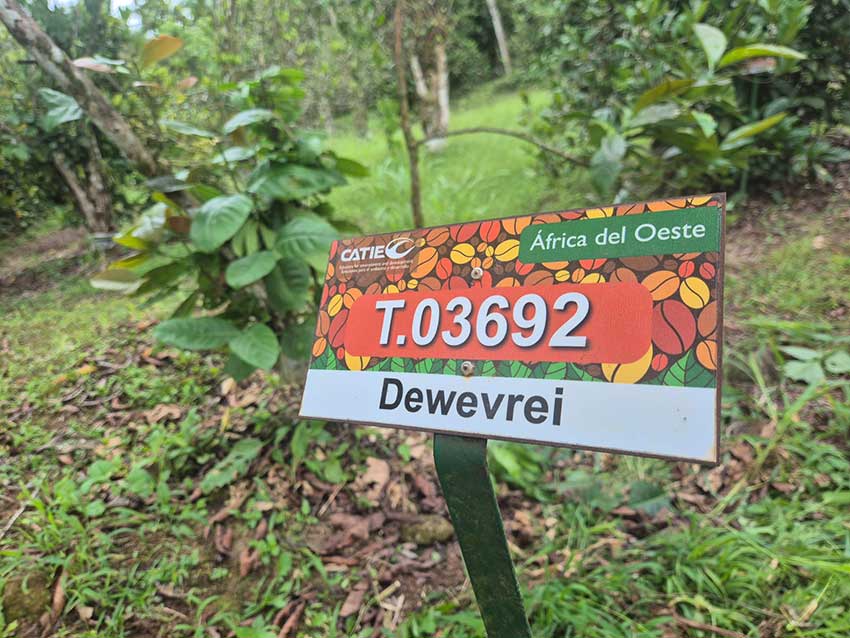
- The biodiversity of coffee trees supports the development of varieties that are more resilient to climate change, tolerant to disease, and offer better cup quality..
Two new species of coffee, previously considered part of the Coffea liberica, have been added to the wide diversity that makes up the genus, which now includes 133 species. This was the result of a study published in August 2025 in the journal Nature Plants, involving researchers from the United Kingdom, Uganda, and Cameroon.
One of these species (Coffea dewevrei) corresponds to the variety commonly known as Excelsa, native to Central Africa and accounting for a small portion of global coffee production. However, the most important characteristic of this species is its resistance and adaptability to climate variability.
According to the authors, C. dewevrei has “substantial potential for developing coffee cultivation in areas unsuitable for Arabica or Robusta [the two most important species in commercial cultivation], particularly those at low altitudes in warmer, more humid climates.”
The International Coffee Collection at CATIE (Tropical Agricultural Research and Higher Education Center) has been safeguarding this species since 1957. William Solano, a researcher in phylogenetic resources at CATIE's Agroforestry and Genetic Improvement of Coffee and Cacao Unit and curator of the Collection, highlighted the importance of having this material, which could be used in the future for genetic improvement, not only because of its potential for climate adaptation, but also because of its organoleptic characteristics, which are even more outstanding than those of Robusta coffee.
Morphologically, C. dewevrei differs markedly from C. liberica. “Its fruits are smaller than those of the traditional Liberica, and the number of petals on the flower is also different. C. dewevrei has five petals and C. liberica has eight,” explains Solano.
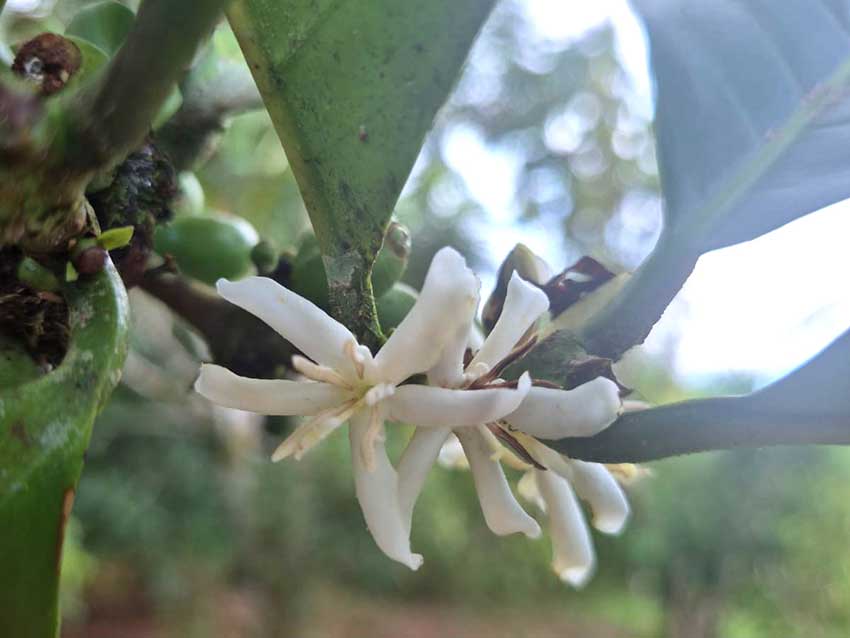
The other species segregated, C. klainei, is less well known, although it can be distinguished by the shape of its inflorescences and a smaller number of flowers and fruits per inflorescence compared to C. liberica. The distribution of this species is limited to forests in West Africa, and its presence in germplasm banks has been more limited.
The CATIE International Coffee Collection, established in 1949 in Turrialba, Costa Rica, safeguards more than 2,000 accessions of the Coffea genus, especially of the C. arabica species. Thanks to this preserved diversity, CATIE has worked for decades on genetic improvement to develop F1 coffee hybrids that offer varieties that are more tolerant to rust and other diseases, high productivity, greater resilience to climate change, and cup quality, which has earned them national recognition.
More information:
M.Sc. William Solano Sánchez
Researcher
Agroforestry and Coffee and Cocoa Genetic Improvement Unit
CATIE
wsolano@catie.ac.cr
Written by::
Alejandro Portilla Navarro
Communicator
Communications and Marketing Office
CATIE
alejandro.portilla@catie.ac.cr

